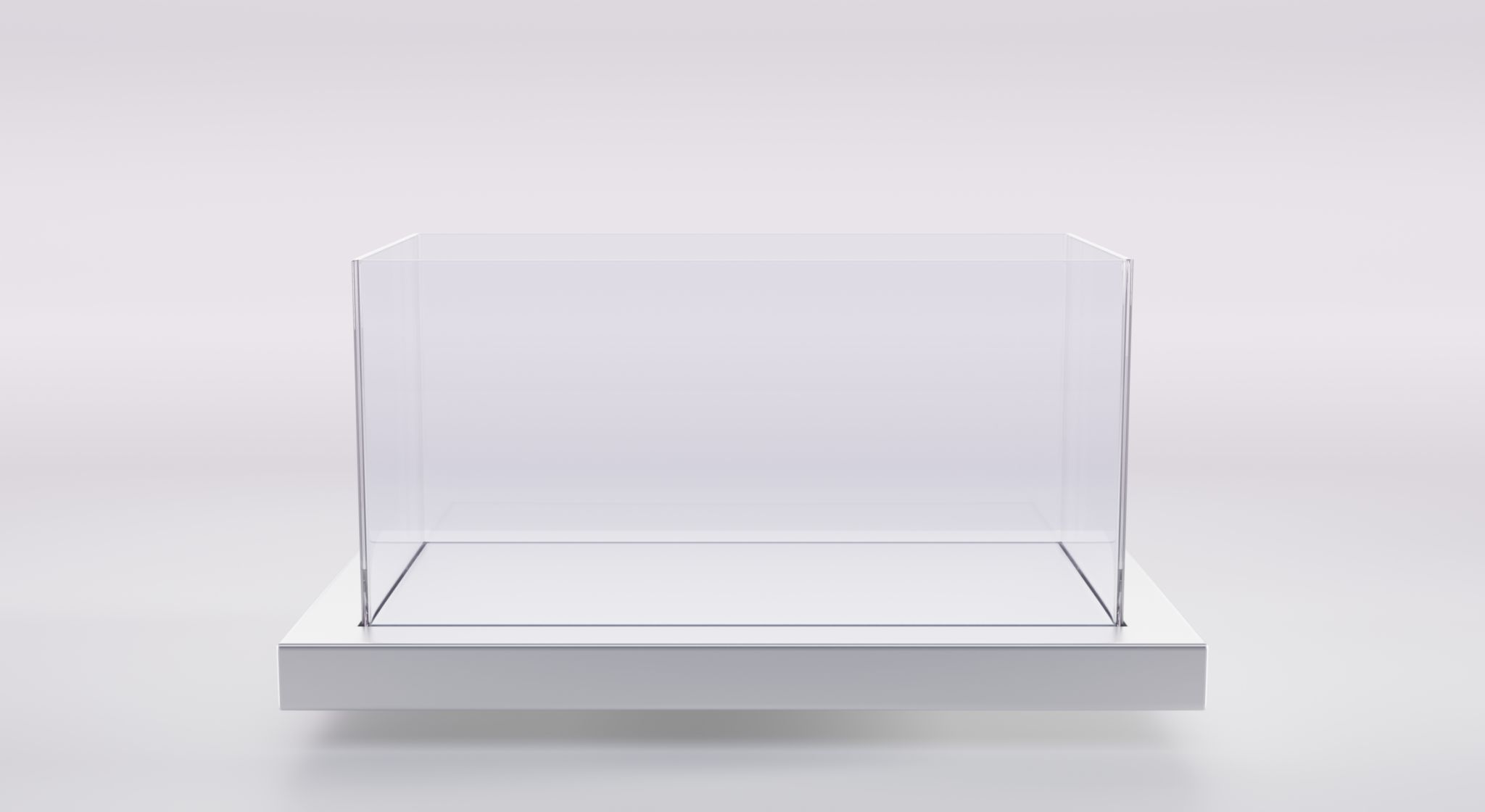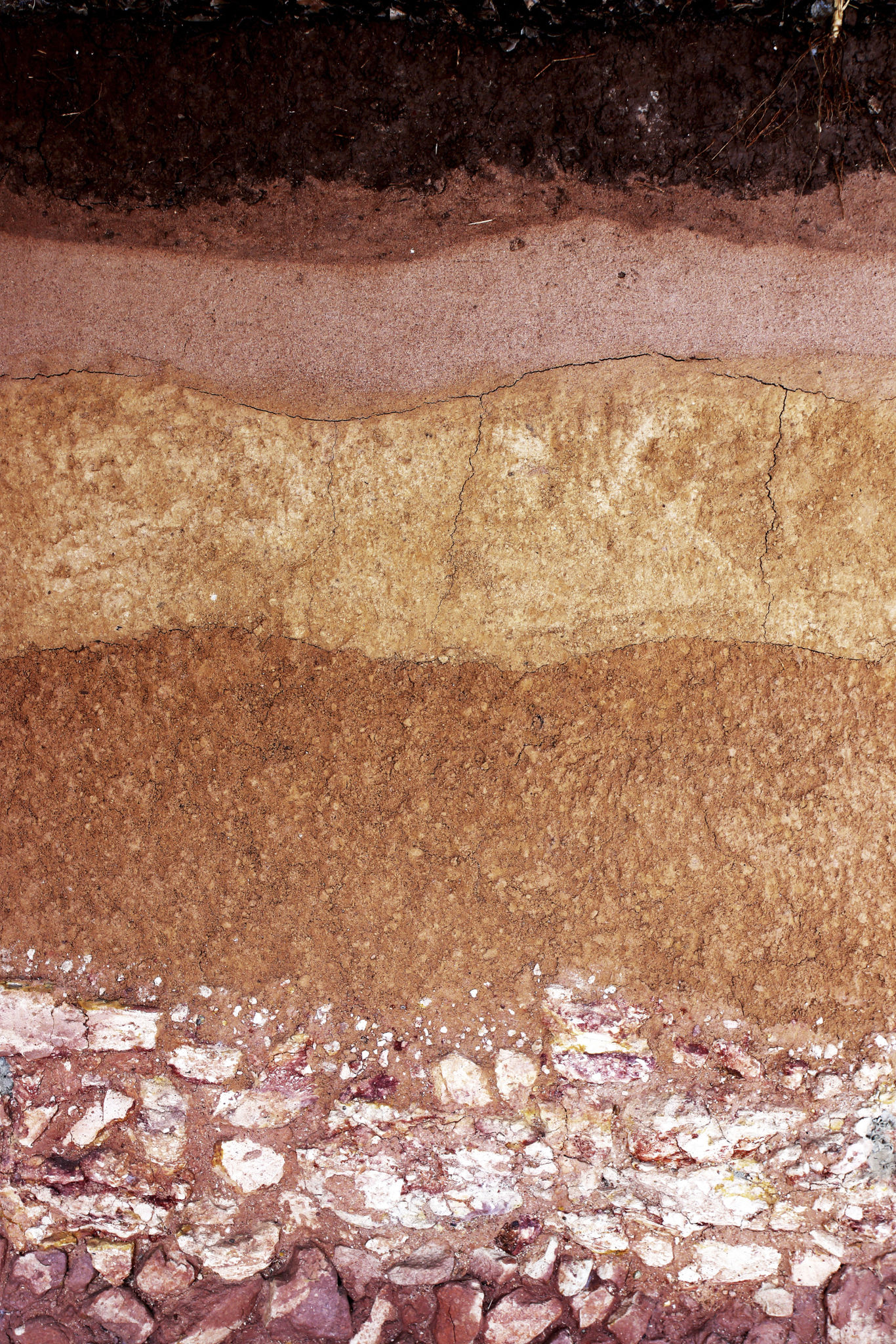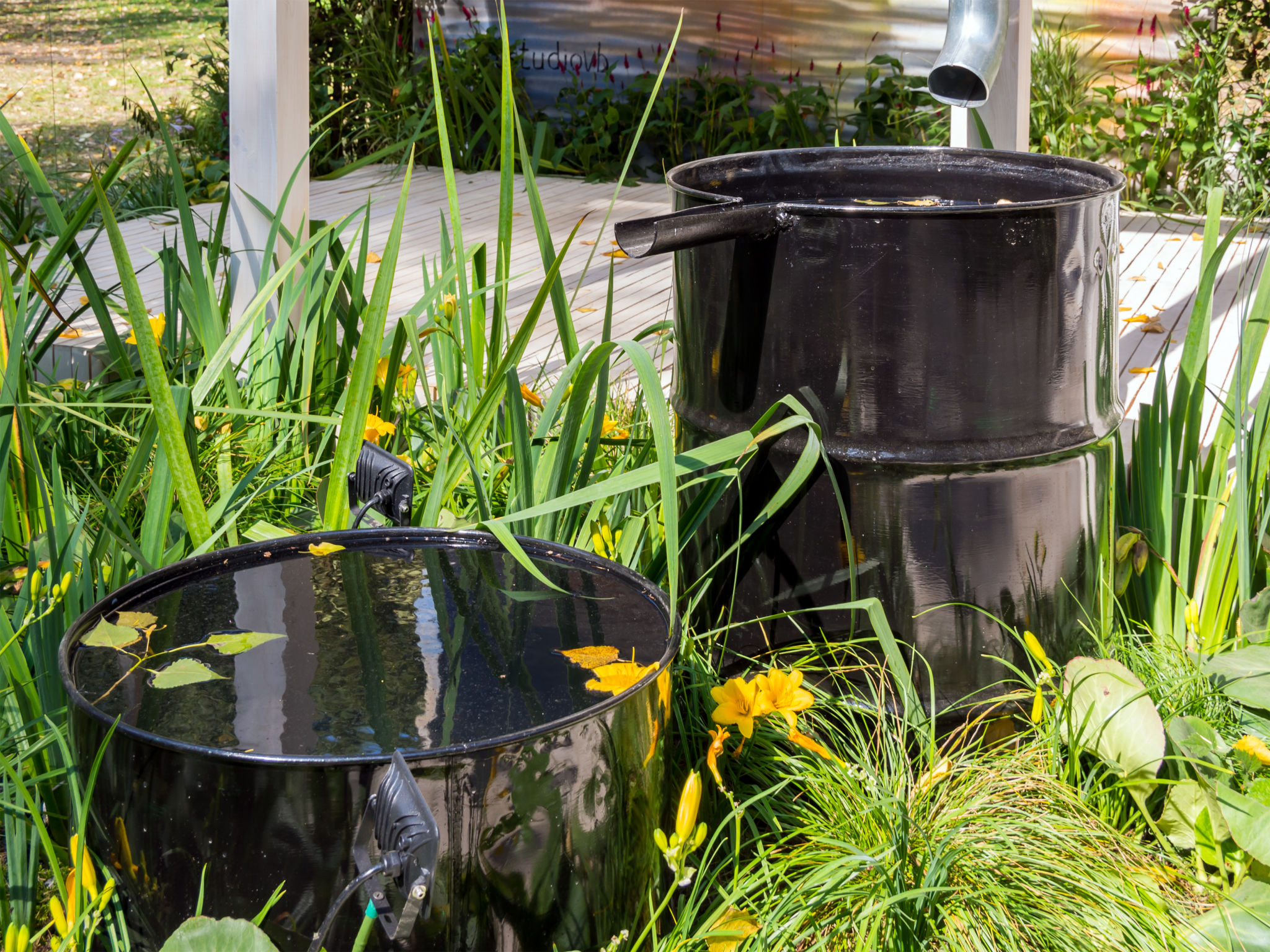Common Mistakes to Avoid When Setting Up Your First Terrarium
Understanding the Basics of Terrariums
Creating a terrarium can be a rewarding and enjoyable experience, offering a miniature world of greenery right in your home. However, for beginners, setting up a terrarium can also be fraught with challenges. Understanding the basics is crucial to avoid common pitfalls and ensure your terrarium thrives.
First and foremost, selecting the right container is essential. Many beginners make the mistake of choosing containers that don't have adequate drainage. While closed terrariums are popular for their aesthetic appeal, they can be tricky to manage due to their high humidity levels. Ensure that your container matches the needs of the plants you choose.

Selecting the Right Plants
One of the most frequent mistakes is choosing the wrong plants for your terrarium. Not all plants thrive in the same environment, so it’s crucial to select species that are compatible with the conditions you can provide. For closed terrariums, opt for humidity-loving plants like ferns and mosses. In contrast, open terrariums are ideal for succulents and cacti.
It's also important to consider the size of your plants. Overcrowding your terrarium can lead to competition for resources and an unbalanced ecosystem. Select plants that will grow harmoniously together, maintaining an aesthetically pleasing arrangement.
Proper Soil Layering
A common oversight in terrarium setup is neglecting proper soil layering. The foundation of your terrarium should include layers for drainage, filtration, and plant stability. Start with a layer of small stones or pebbles for drainage, followed by activated charcoal to filter impurities. Then, add a layer of moss to prevent soil from seeping into the drainage area.

Finally, use a well-draining potting mix suited to your plant selection. This step is crucial because using regular garden soil can lead to poor drainage and root rot. Ensure each layer is compact enough to support your plants but loose enough to allow for proper water flow.
Watering with Care
Overwatering is one of the most common mistakes made by beginners when maintaining a terrarium. Due to the confined space, water doesn’t evaporate as quickly as in traditional pots, which can lead to excess moisture and mold growth. Always check the moisture level of the soil before watering and remember that less is often more in a terrarium environment.
For closed terrariums, observe the condensation on the glass as an indicator of humidity levels. If there’s excessive moisture buildup, it may be necessary to allow the terrarium to air out for a while by removing the lid.
Placing Your Terrarium
The placement of your terrarium is another critical factor in its success. Many beginners underestimate the importance of light conditions. Most terrariums thrive in bright, indirect light but can suffer from direct sunlight exposure, which may cause overheating and plant damage.

Consider positioning your terrarium near a north-facing window or using grow lights if natural light is insufficient. Remember that each plant has its own light requirements, so adjust your setup accordingly to ensure all plants receive adequate illumination.
Monitoring and Maintenance
Once your terrarium is set up, regular monitoring and maintenance are key to its continued health. Inspect your plants frequently for signs of stress or disease, such as yellowing leaves or mold growth. Prune any dead or overgrown foliage to maintain balance within the ecosystem.
Additionally, ensure that no pests have infiltrated your terrarium, as these can quickly spread within the confined space. Regularly rotate your terrarium to promote even growth and avoid plants leaning towards one side due to uneven light exposure.
Learning from Mistakes
Building and maintaining a terrarium is a learning process. Don’t be discouraged if things don’t go perfectly on your first attempt. Each mistake provides valuable lessons that will help you improve your skills and create even more beautiful and thriving terrariums in the future.
Remember that patience and observation are key components of successful terrarium care. With time, you'll develop an intuitive understanding of your mini ecosystem's needs, leading to a flourishing green space that brings joy and tranquility into your home.